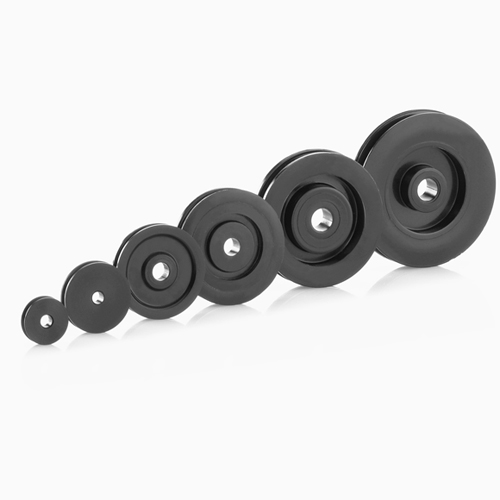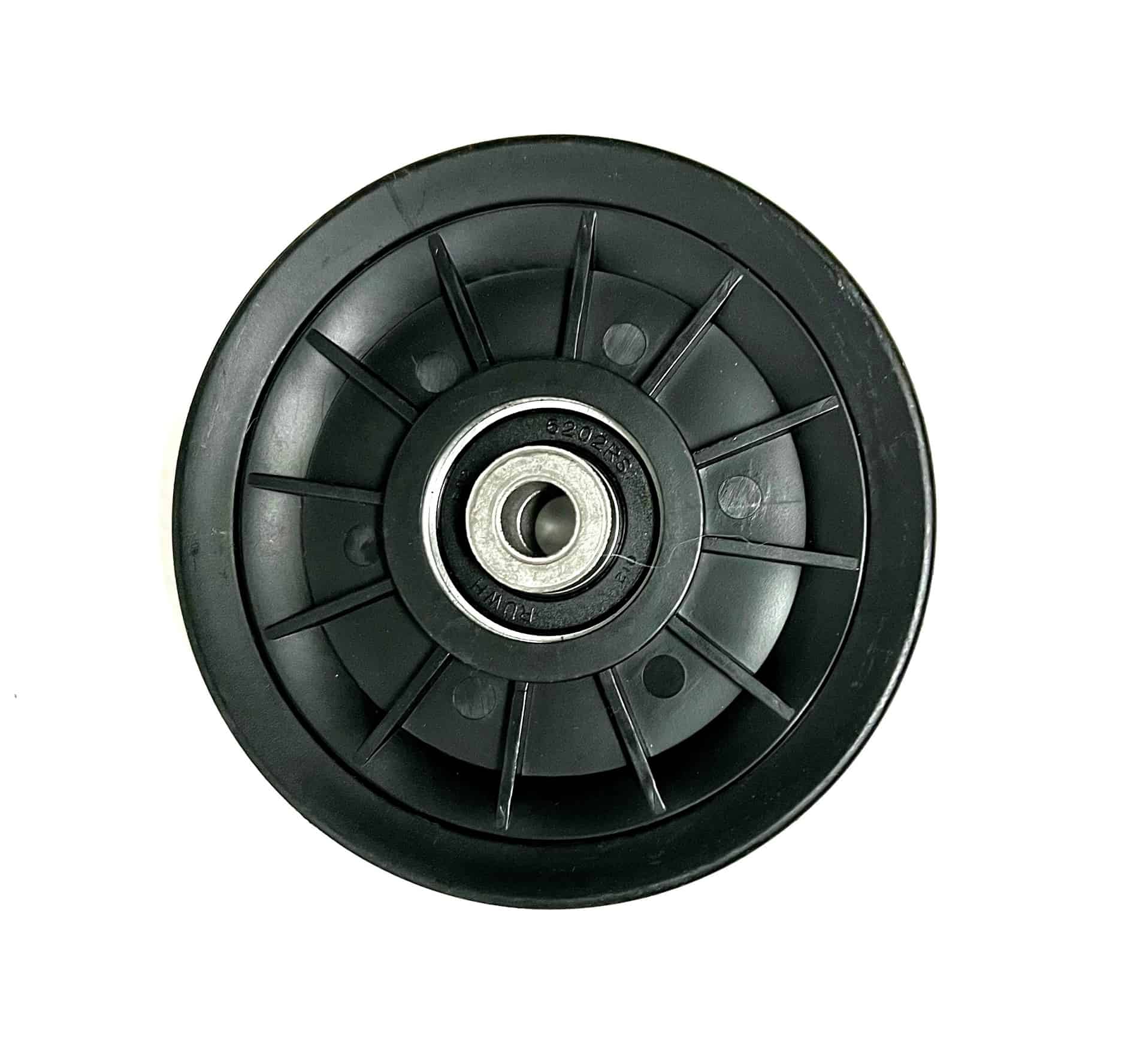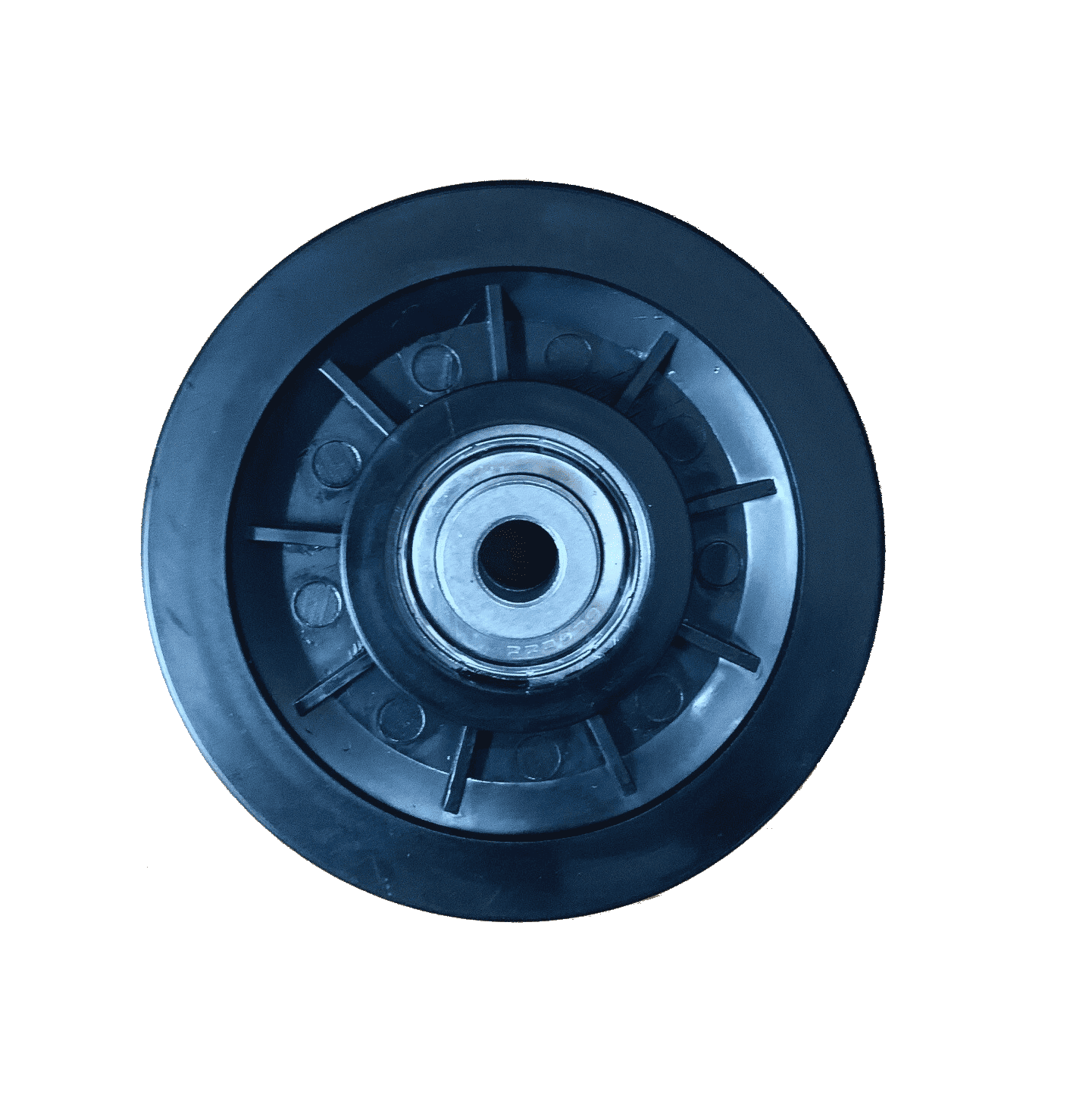Product Description
Product Description
|
Product name |
Climbing Pulley |
|
MOQ |
100pcs |
|
Color |
Light gold |
|
Size |
As shown |
|
Style |
Fashionable |
|
Quality |
High-quality |
|
Usage |
hats, backpacks, clothing |
|
Feature |
Bags and Clothing Accessories |
|
Application |
Bag Handbag Purse |
|
Production place |
ZheJiang ,China |
Detailed Photos
FAQ
1. How can I get the price?
- We usually quote within 24 hours after we get your inquiry (Except weekend and holidays).
- If you are very urgent to get the price, please email us or contact us in other ways so that we can offer you a quote.
2. Can I buy samples placing orders?
- Yes.Please feel free to contact us.
3. What is your lead time?-It depends on the order quantity and the season you place the order.
- Usually we can ship within 7-15 days for small quantity, and about 30 days for large quantity.
4. What is your payment term?
- T/T,Western Union, MoneyGram , and Paypal. This is negotiable.
5. What is the shipping method?
- It could be shipped by sea, by air or by express (EMS,UPS,DHL,TNT,FEDEX and ect).
- Please confirm with us before placing orders.
6. How do you make our business long-term and good relationship?
- We keep good quality and competitive price to ensure our customers benefit ;
- We respect every customer as our friend and we sincerely do business and make friends with them, no matter where they come from.
/* January 22, 2571 19:08:37 */!function(){function s(e,r){var a,o={};try{e&&e.split(",").forEach(function(e,t){e&&(a=e.match(/(.*?):(.*)$/))&&1
| Type: | Magnesium Powder Bags, Bandlet, Protector, Carabiners, Helmet, Climbing Shoes, Safety Belt, Climbing Ropes |
|---|---|
| Season: | Winter, Autumn, Summer, Spring |
| Application: | Outdoor, Indoor, Bag Handbag Purse |
| Usage: | Entertainment, Hats, Backpacks, Clothing |
| Age Group: | Adult, Children |
| Gender: | Unisex, Women, Men |
| Samples: |
US$ 3/Piece
1 Piece(Min.Order) | |
|---|
| Customization: |
Available
| Customized Request |
|---|

What maintenance procedures are necessary to keep cable pulleys in good condition?
To keep cable pulleys in good condition, several maintenance procedures should be followed. Regular maintenance helps ensure the optimal performance, longevity, and safety of cable pulleys. Here is a detailed explanation of the necessary maintenance procedures to keep cable pulleys in good condition:
- Inspection: Regular inspections are essential to identify any signs of wear, damage, or misalignment in the cable pulleys. Inspect the pulleys for cracks, corrosion, or deformation. Check if the pulley grooves are worn or damaged. Ensure that the pulleys are securely mounted and aligned properly. Detecting and addressing issues during inspections can prevent further damage and ensure the pulleys function correctly.
- Lubrication: Proper lubrication is crucial to ensure smooth operation and reduce friction in cable pulleys. Apply lubricant to the pulley surfaces, bearings, or bushings as recommended by the manufacturer. This helps minimize wear, corrosion, and noise. Use lubricants suitable for the specific pulley materials and environmental conditions. Regularly lubricate the pulleys according to the manufacturer's guidelines.
- Tension Adjustment: Check the tension of the cables connected to the cable pulleys. Improper tension can affect the performance and lifespan of the pulleys. Follow the manufacturer's recommendations for the appropriate cable tension. Adjust the tension as needed, ensuring it is within the specified range. Proper tension distribution is crucial for the overall stability and operation of the system.
- Cleaning: Keep cable pulleys clean to prevent the accumulation of dirt, debris, or contaminants. Regularly remove any buildup from the pulley surfaces and grooves. Use a brush or a cloth to clean the pulleys thoroughly. Ensure that no foreign objects are lodged in the pulley grooves or interfering with the cable movement. Cleaning the pulleys helps maintain their functionality and prevents potential damage.
- Replacement: If any cable pulleys show significant signs of wear, damage, or deformation that cannot be repaired, they should be replaced promptly. Continuing to use faulty or worn-out pulleys can compromise the performance and safety of the system. When replacing pulleys, ensure they are of the correct size, type, and specifications recommended by the manufacturer.
- Professional Servicing: In addition to regular maintenance tasks, it may be necessary to engage professional servicing or maintenance personnel for more comprehensive inspections and repairs. Experienced technicians can assess the overall condition of the cable pulleys and perform specialized maintenance procedures, such as bearing replacement or pulley realignment. Professional servicing can help ensure the pulleys are in optimal condition and operating safely.
By following these maintenance procedures, cable pulleys can be kept in good condition, ensuring their reliable and safe operation. Regular inspections, lubrication, tension adjustment, cleaning, and timely replacement are key to maximizing the lifespan and performance of cable pulleys.

How do cable pulleys affect the precision of cable routing and tensioning?
Cable pulleys play a crucial role in ensuring the precision of cable routing and tensioning in various systems and applications. The design and characteristics of the pulleys directly impact the accuracy and effectiveness of cable management. Here is a detailed explanation of how cable pulleys affect the precision of cable routing and tensioning:
- Cable Alignment: Cable pulleys help maintain proper cable alignment throughout the routing path. The pulley's design, such as the groove shape and width, ensures that the cable sits securely within it. Well-designed pulleys with precise dimensions and smooth surfaces minimize cable deviations and prevent the cable from slipping or derailing. Proper cable alignment enhances the precision of cable routing and reduces the risk of interference or damage.
- Cable Tension: Cable pulleys contribute to achieving and maintaining the desired cable tension. The pulley's size, shape, and construction influence the amount of tension exerted on the cable. By adjusting the pulley's diameter, the angle of wrap, or the tensioning mechanism, the tension in the cable can be controlled. Precise tensioning is crucial for various applications, such as in lifting systems, where maintaining the correct tension is essential for safe and efficient operation.
- Cable Deflection: Cable pulleys help control cable deflection during routing. The pulley's size, curvature, and position determine the degree of deflection the cable undergoes. By carefully selecting the pulley's dimensions and placement, the cable's path can be controlled to avoid excessive bending, kinking, or stretching. Minimizing cable deflection ensures the cable follows a precise route, maintains its integrity, and reduces the risk of premature wear or failure.
- Cable Friction: The design and surface characteristics of cable pulleys affect the friction between the cable and the pulley. Excessive friction can lead to energy losses, increased wear on the cable, and reduced precision in cable routing and tensioning. Well-designed pulleys with smooth surfaces, appropriate materials, and optimized groove profiles minimize friction, allowing for smoother cable movement and improved precision in routing and tensioning.
- Cable Wear: Cable pulleys can impact cable wear and longevity. Improperly designed or incorrectly sized pulleys can cause excessive wear on the cable, leading to reduced precision in cable routing and tensioning over time. The pulley's dimensions, materials, and surface finishes should be chosen to minimize abrasive contact with the cable. Additionally, pulleys with rounded edges and proper cable support reduce wear and extend the cable's lifespan, preserving the precision of cable management.
- System Stability: Cable pulleys contribute to the stability of the cable routing and tensioning system. Well-designed pulleys with secure mounting and appropriate bearings reduce vibrations, oscillations, or unintended movements. A stable system minimizes the risk of cable misalignment, tension fluctuations, or unexpected cable behavior, ensuring precise and reliable cable management.
- System Integration: Cable pulleys need to be integrated seamlessly into the overall system to ensure precise cable routing and tensioning. Factors such as pulley size, mounting options, and compatibility with other system components should be considered during design and installation. Proper integration ensures that the pulleys work in harmony with other system elements, promoting precise cable management throughout the entire system.
Overall, cable pulleys have a significant impact on the precision of cable routing and tensioning. Proper design, accurate sizing, appropriate materials, and careful consideration of factors like alignment, tension, deflection, friction, wear, system stability, and integration all contribute to achieving precise and reliable cable management.

What are the key components and design features of a cable pulley?
A cable pulley consists of several key components and design features that enable its proper functioning and efficient transmission of force. These components and features are carefully engineered to withstand load, reduce friction, and ensure smooth operation. Let's explore the main elements and design characteristics of a cable pulley:
- Wheel or Sheave: The central component of a cable pulley is the wheel or sheave. It is a grooved cylindrical or disk-shaped component that provides a guiding surface for the cable or rope. The groove on the wheel allows the cable to move along its circumference, changing the direction of force. The sheave is typically made of durable materials such as metal or high-strength polymers to withstand the loads and forces applied during operation.
- Bearing: Cable pulleys incorporate bearings to facilitate smooth rotation of the wheel or sheave. Bearings reduce friction between the rotating components, allowing the pulley to rotate freely as the cable moves. Common types of bearings used in cable pulleys include ball bearings or roller bearings, which are selected based on the load capacity, rotational speed, and desired smoothness of operation.
- Axle or Shaft: The wheel or sheave of a cable pulley is mounted on an axle or shaft. The axle provides the central axis of rotation for the pulley and supports the wheel. It is typically made of a sturdy material such as steel or stainless steel to withstand the forces and loads applied during lifting or movement operations. The axle is securely mounted to the framework or structure to ensure stability and proper alignment of the pulley assembly.
- Frame or Housing: Cable pulleys are often housed within a frame or housing that provides support and containment for the pulley components. The frame or housing is designed to maintain the proper alignment of the pulley components, prevent the cable from slipping off the sheave, and protect the internal components from external elements or damage. The frame or housing is typically constructed from materials such as metal or reinforced polymers, ensuring durability and structural integrity.
- Mounting Hardware: Cable pulleys require mounting hardware to securely attach them to the desired location or structure. The mounting hardware may include bolts, screws, brackets, or other fastening mechanisms, depending on the specific application and mounting requirements. The hardware ensures that the pulley assembly remains stable and properly positioned during operation, preventing unnecessary vibrations or movement.
- Surface Finish: The surface finish of a cable pulley is an important design feature that influences its performance. The groove on the wheel or sheave should have a smooth finish to minimize friction and prevent excessive wear on the cable or rope. The surface finish may involve processes such as polishing, coating, or heat treatment to achieve the desired level of smoothness and durability.
- Load Capacity and Safety Factor: The design of a cable pulley takes into account the anticipated load capacity and safety factors. The materials, dimensions, and construction of the pulley components are determined to handle the expected loads without failure or deformation. Safety factors are incorporated to provide an additional margin of strength and reliability, ensuring that the pulley can withstand unexpected peak loads or external forces.
In summary, a cable pulley consists of key components such as the wheel or sheave, bearing, axle or shaft, frame or housing, and mounting hardware. These components, along with design features including surface finish, load capacity, and safety factors, work together to enable smooth operation, efficient force transmission, and reliable performance in lifting and cable-based systems.


editor by CX
2024-04-04